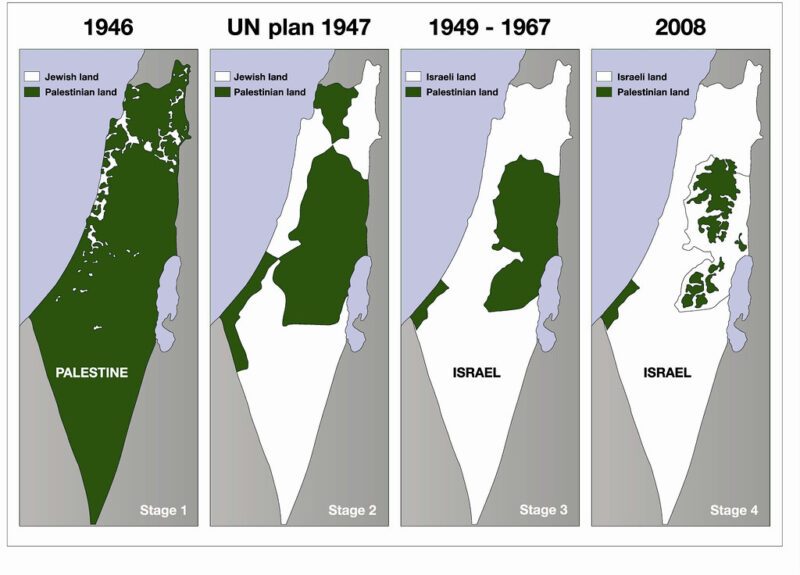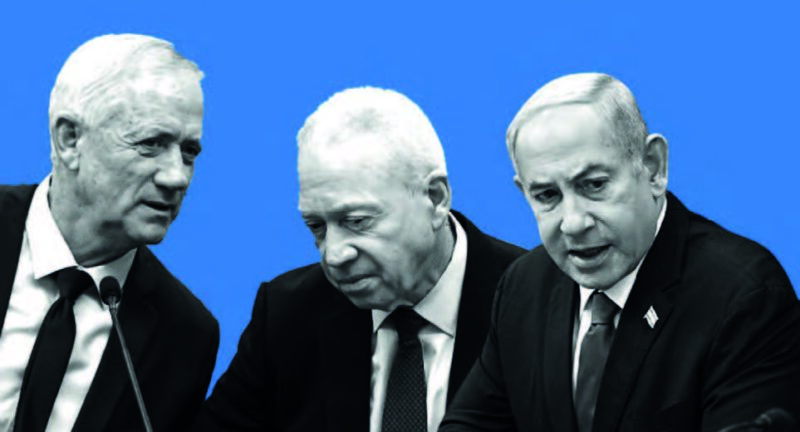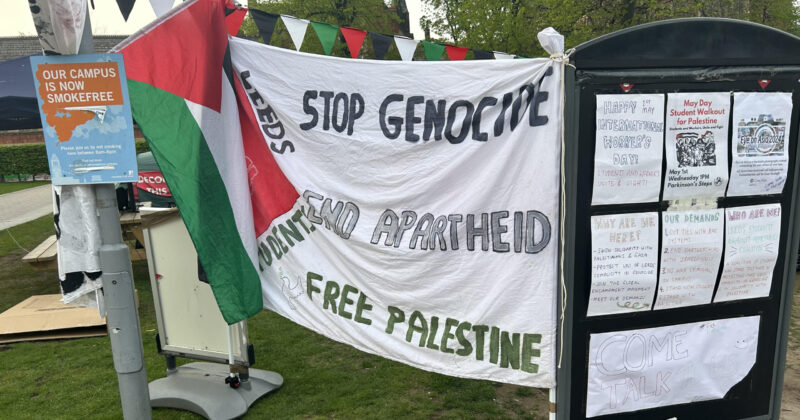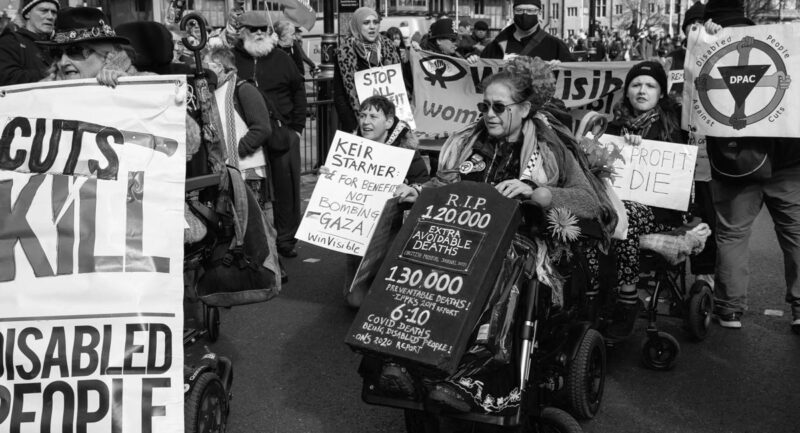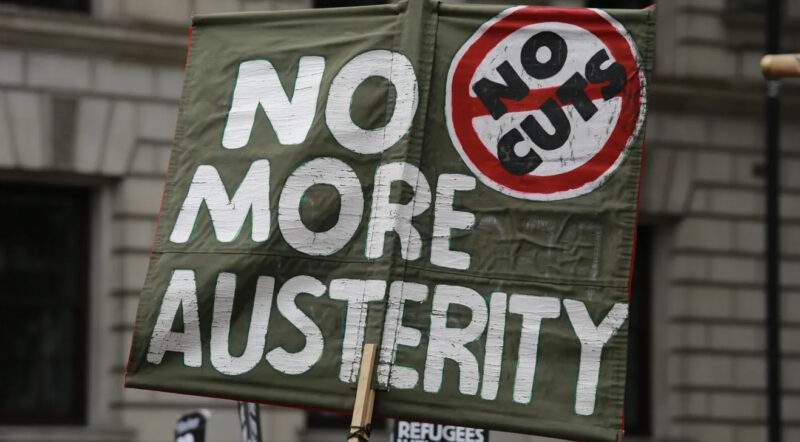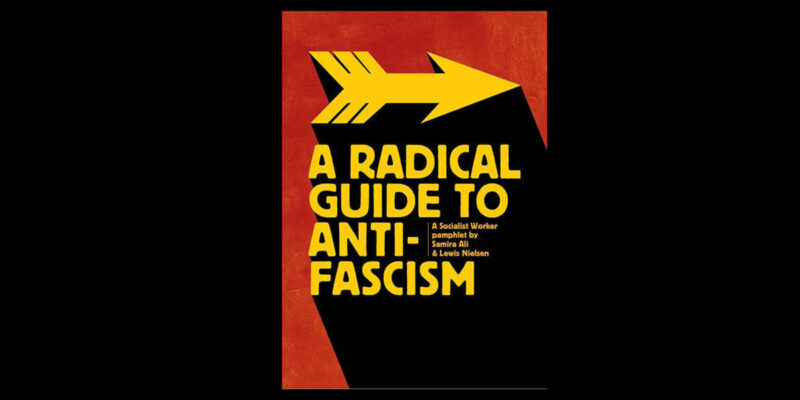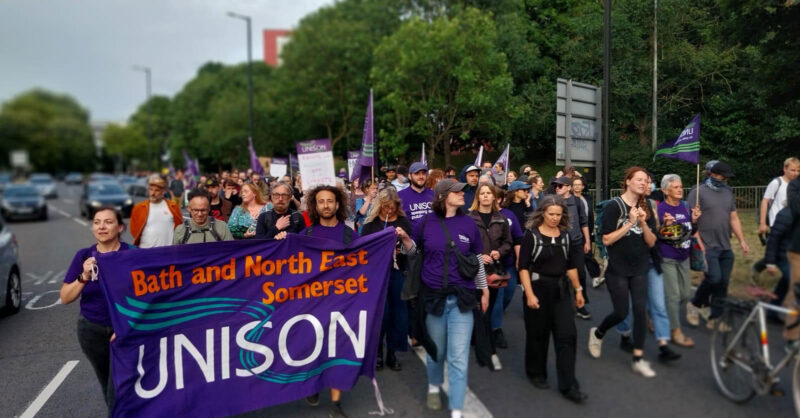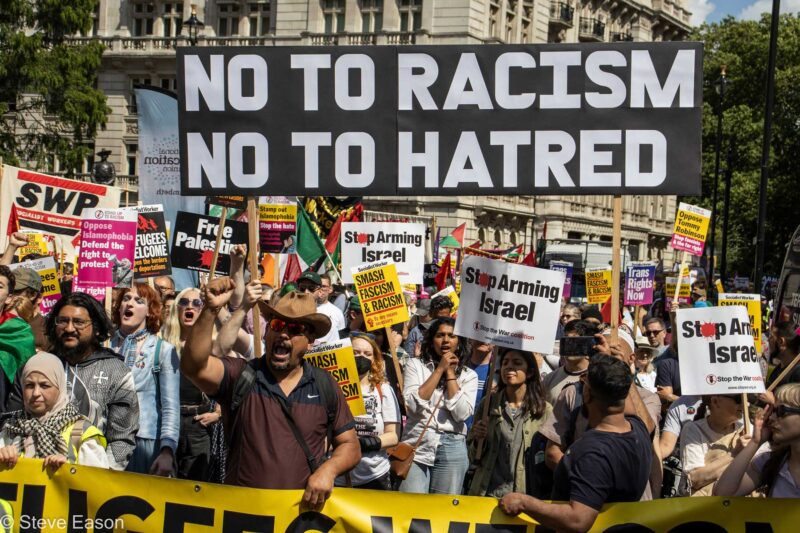Sheffield: the right and the wrong way to fight fascism
KD Tait looks at how the recent antifascist mobilisations in Sheffield reveal the kind of antifascism we need – and the kind we don’t.
Last weekend, up to 1500 antifascists mobilised against the English Defence League (EDL) who were in Sheffield to lay a wreath at the war memorial to ‘honour’ Lee Rigby, the soldier killed in Woolwich.
The previous week smaller numbers scored an important victory – occupying the memorial and physically preventing the police from escorting the fascists through.
Instead of capitalising on this success and repeating the protest with bigger numbers and wider support, Unite Against Fascism (UAF) – always wary of movements which threaten to escape the narrow limits of what it considers acceptable to its sponsors in the trade union leaderships and other worthies – conceded the fascists the right to march through the town.
The result was that around 500 EDL members marched and laid their wreath opposed only by the heckling of 150 or so antifascists in the square itself.
The council offered UAF the funds and equipment to hold a mini festival celebrating multi-culturalism. UAF willingly accepted this – on the pretext that the police had the city locked down and entry to the square was impossible. This sounds sensible – but only if you think that the police, and the council, are some kind of neutral force entitled to allow fascists to march on our streets.
The official UAF event was pooly attended – dwarfed by the numbers massed on the antifascist rally outside Barkers’ Pool. The size of this protest was a welcome increase on the turnout from the previous week.
On the day antifascists voted with their feet – choosing political protest against the fascists over UAF’s liberal diversion. This shows that the anti-racist movement can mobilise itself when tactics are used which show that the fascists can be stopped.
When the EDL were escorted out of Barkers’ Pool by police after just a few minutes, antifascists occupied the square before several hundred marched onwards to pursue the EDL.
It was this demonstration, overwhelmingly made up of Black and Asian youth which spent the next four hours blockading the fascists in pubs up and down West Street. Eventually the police were forced to escort the EDL to the train station, with antifascists shadowing them the entire way.
So, thanks to these demonstrators the EDL’s triumph was short lived and turned to humiliation. They were heavily outnumbered and only able to “march” and congregate in pubs under the protection of hundreds of police officers. They were opposed at every turn and were denied the “freedom of the streets” they need to boost their morale and massively increase their numbers.
But to suggest, as some reports do, that this is the whole story – and so all antifascists should chalk up another total ‘victory’ themselves – is both dishonest and unhelpful.
There is no doubt that the fascists had an uncomfortable day. UAF’s decision not to call a counter-protest at the cenotaph itself allowed the fascists their media stunt and prevented a second decisive victory for the anti-fascists.
Liberal vs working class politics
The action of hundreds of youth doggedly pursuing the EDL all afternoon demonstrates there was clearly a determined core prepared to physically confront both police and fascists.
But the tactics of the militant youth are not the tactics of the official anti-fascist movement – most clearly expressed by UAF.
Based on a strategic alliance between the Labour Party, trade union leaders, the Socialist Workers Party, and various individuals more often than not representing themselves only, the socialists in UAF limit the tactics of UAF to what is acceptable to the liberal right wing.
In practice this means not confronting the police, and refusing to organise self-defence of either demonstrations or communities. Yet, while UAF abandons the youth confronting the EDL, its journalists are writing reports inflating numbers beyond recognition, insisting everything that happened – specifically the harassing and humiliating of the fascists – was part of their plan, and implicitly taking credit for the whole thing.
This reflects the tension created by falsely counterposing two interlinked tactics for opposing the fascists – mobilising mass forces from the labour movement (unions and political parties) and the threatened communities, specifically Muslims and physically defending our streets and people from the marches and attacks of the fascist thugs.
Any movement which aims to deny the fascists the right to assemble on the streets, hold meetings, concerts or appear in interviews (what has traditionally been called “No platform”) clearly needs to deploy a range of tactics. These may involve physical confrontation as in Bradford and Birmingham.
Or it may only need a large, determined demonstration to block the way as has happened with a number of EDL attempts to lay wreaths. Antifascist and antiracist cultural events also pay a part in bringing together youth from all backgrounds and strengthening antiracist views.
On the other hand, UAF’s recent turn to ‘events’ to ‘Celebrate and Defend Multiculturalism…’ are a pale shadow of the Rock Against Racism concerts of the 1970s and 80s. They mobilise few outside the existing left and present no challenge to the EDL. They should not be confused with a counterdemonstration intended to block the streets against the fascists. If they become a diversion from this their impact is totally negative.
The argument that these sorts of strictly peaceful and non-confrontational demonstrations must be built until one day they are big enough to confront the EDL is nonsense. It is impossible to build mass working class protests to deny the fascists a platform, and where necessary confront them, by focussing on a celebration of liberal multiculturalism while fascists are left to march freely through the streets. The youth of the communities under threat will respond to the fascist provocations as will militant antifascists and socialists. Will UAF continue to leave them in the lurch?
Antifascists should never concede the right of police to escort the fascists through our towns. It’s not always right to confront them in every case, regardless of the relationship of forces, but conceding to the sensibilities of liberal ‘allies’ ties the small sections of the working class which does actively engage with UAF to the strategy of liberal, peaceful antiracism. This is an alliance which suits the liberal capitalists because it makes independent working class, i.e. socialist, antiracism subordinate to the peaceful, pro-police multiculturalism which dissolves workers’ common interests into a mess of different ‘cultures’ and ‘races’ united under the banner of liberal antiracism – the antiracism of the ruling class which permits fascist marches and is enforced by a racist police force and justice system.
Antifascism as class struggle
What is the aim? For socialists the anti-fascist work is not a distinct, elite activity, but simply one front of the struggle against capitalism and against the oppression and exploitation of working class people, of which fascism is simply the most stark and violent expression. Nevertheless, like any task, it requires its own particular set of tactics which are the framework of a consistent strategy.
Working class unity against racism and fascism means political independence from the reformist and liberal leaders, i.e. the right to criticise their politics and organise separately when necessary; but this independence must be backed up, as ever, by the force to do so.
We cannot develop a massive anti racist movement capable of shutting down towns when the fascists march if this movement is not prepared to organise collective self defence from the outset. Equally, such a rallying of people won’t be done by the exclusive, elitist methods of small scale actions.
We need to build a movement of forces which is capable of harnessing the dynamic tension between these two needs. The apparent contradiction between them is in fact only the expression of the uneasy alliance between working class and liberal politics.
In order to go forwards it’s necessary to overcome this by building a democratic antifascist organisation, which is different from UAF in one vital respect: it identifies the oppression, exploitation and fear created by capitalism as the motivation for racist ideas and organisations.
This doesn’t mean refusing to work with people who don’t share this view, but for the working class to be able to act independently, it must fight to break the stranglehold of liberal, peaceful antiracism.
We could start to do this by building an anti-fascist front which excludes the Tories and Lib-Dems, and ensures complete freedom of criticism and debate. Alongside this we need to organise our collective self-defence. Anti-fascist defence leagues under the democratic control of the working class and its organisations are necessary both to defend ourselves and to unite the militant youth with the working class movement.



